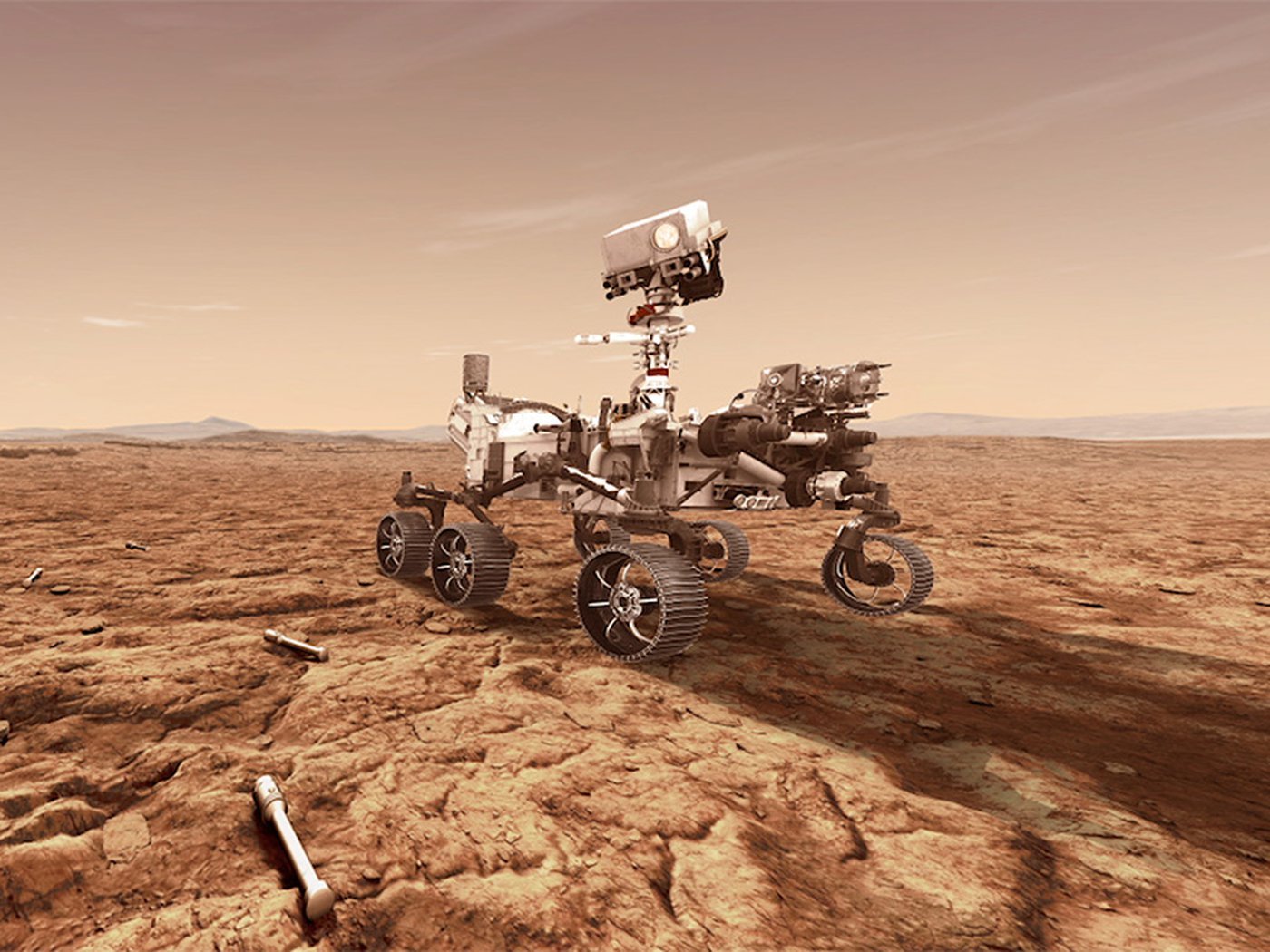One of the further ambitious effects the Perseverance rover presently exploring the face of Mars has been doing is gathering samples of Martian jewels and soil, setting them away for a unborn charge to Mars to recoup and return to Earth. NASA has verified that testing is underway on what it calls the most sophisticated bid ever tried on Mars as it prepares a charge to recoup the gemstone and soil samples Perseverance is collecting.
Designing the charge to collect the Martian samples is part of themulti-mission Mars Sample Return crusade that began last February when Perseverance arrived on Mars. NASA has collected the samples and wants to return them to Earth to allow hands-on testing to determine if life in microbial form may have was on Mars in the distant history.
Perseverance was equipped with 43 sample tubes for soil and gemstone, and so far, four have been filled with gemstone core samples, and one has been filled with a sample of the Martian atmosphere. NASA plans to take a runner from the Apollo charge book when it returned lunar samples to Earth. While some of the Martian samples will be studied straight down, others will be set away for unborn generations to probe.
Lunar samples returned from the Apollo operations were used the same way, holding some samples to be tested in the future when testing outfit and processes were more sophisticated. It’s veritably grueling to recoup and return samples from the face of Mars to Earth, and the entire process will take a decade. Still, NASA is n’t working alone. It’s also working with European mates, including the ESA, to develop the rover to be used in the charge.
The rover intended to recoup the samples from the face of the Red Planet and transfer them to the lander is being developed by the NASA Jet Propulsion Laboratory. The lander will use a robotic arm developed by the ESA to pack the samples recaptured into a small rocket called the Mars Ascent Vehicle. The small rocket is being developed by the Marshall Space Flight Center in Alabama.
Preparing samples to be packed into the rocket on the face of Mars is a complicated bid. Preparation of the samples requires sealing the sample capsule within a clean vessel to trap any Martian material outside. Next, the seal of the clean vessel would be castrated, and also it would be placed into an Earth- entry capsule.
One of the most critical aspects of the charge is the lander’sdesign.However, other portions of the charge will probably fail as well, If the lander fails in its job. The lander has to be relatively large at 5291 pounds to carry and launch the Mars Ascent Vehicle. That’s nearly doubly as heavy as the Perseverance rover, which used a rocket-powered spurt pack to lower to the face of Mars via lines.
With the redundant weight, the Sample Retrieval Lander, which will be the largest and heaviest spacecraft of the type to ever go to Mars, will need a different type of wharf system. JPL is erecting the lander with legs to absorb the impact of touchdown and retrorockets to decelerate its descent. Its wharf system will be analogous to what was used for the Phoenix and InSight lander operations.
To prepare for the difficulties of landing such a large rover, JPL’s Pavlina Karafillis has been drop testing a prototype lander. She and associates on the platoon have dropped the lander using a crane system and recorded it with high- speed cameras. The data gathered by those cameras is used to modernize computer models to ameliorate the understanding of how energy would be dispersed through the lander when it impacts the face of Mars.
Presently, the prototype being tested is only one-third the size of the factual spacecraft. JPL says testing a lighter prototype is one way to learn how the rover will bear on Mars since Mars has lower graveness. Still, JPL does plan to drop test a full-size prototype as well.
Mars Ascent Vehicle
Another critical aspect of the charge is the rocket Mars Ascent Vehicle. The rocket is nine bases long and has two stages that will sit on the lander’s sundeck. To help any issues with slipping or tipping the Lander from the rocket exhaust, masterminds developed a system that will throw the rocket in the air at a rate of 16 bases per second just before the machines enkindle.
The image below shows the system that will toss the rocket in the air during testing. Masterminds use a cradle equipped with a gas-powered piston to fling at 881-pound mock rocket 11 bases in the air. During the test, lines suspended from a palace 44 bases high unloaded further than half the test rockets stay to pretend Martian graveness. The system is called Vertically Ejected Controlled Tip-off Release or VECTOR.




Average Rating